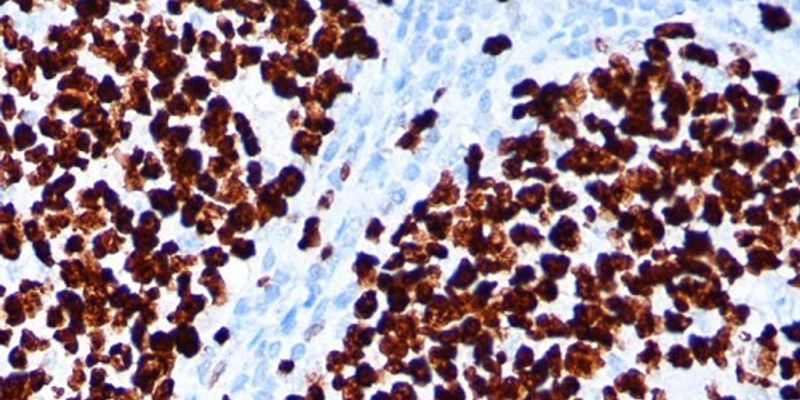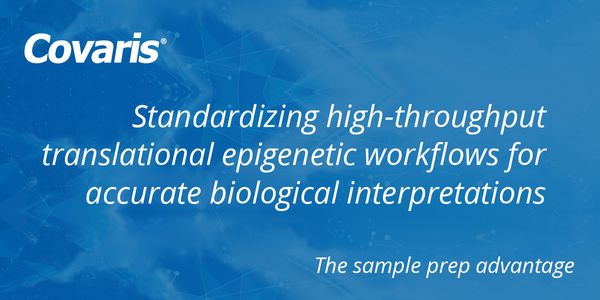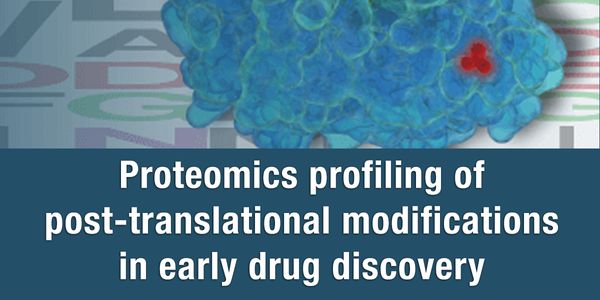Immunochemistry
Immunochemistry: a branch of chemistry that involves the study of the molecular mechanisms underlying the function of the immune system, especially the nature of antibodies, antigens and their interactions. Various methods in immunochemistry have been developed and refined, and been used in scientific study, from virology to molecular evolution. Immunochemistry is also studied from the aspect of using antibodies to label epitopes of interest in cells (immunocytochemistry) or tissues (immunohistochemistry)
-
With prospective clinical sequencing of tumors emerging as a mainstay in cancer care, there is an urgent need for clinical support tools that aid clinicians in their decision making. To this...
Precision medicine based on molecular profiling is moving from the realm of clinical utility studies towards standard of care. There remain, however, significant technological and implementat...
Precision medicine and next-generation sequencing – Two terms characterized by a highly dynamic nature, strong innovations and a bright future. Both merged together will exert a decisiv...
MAY 29, 2018 | 9:00 AM
Recent advances in immuno-oncology research has proven the critical role of immune cells in cancer therapy. Deep understanding of the interaction and phenotype of immune and tumor cells withi...
MAY 24, 2018 | 9:00 AM
Recent advances in immuno-oncology research has proven the critical role of immune cells in cancer therapy. Deep understanding of the interaction and phenotype of immune and tumor cells withi...
MAY 03, 2018 | 11:00 AM
DATE: May 3, 2018TIME: 11:00AM PDT, 2:00PM EDTWhile stress is one of the leading causes of neuropsychiatric disorders, the molecular underpinnings of how stress induces alterations in b...
MAY 02, 2018 | 8:00 AM
Immunohistochemistry protocols, which utilize antibodies to visualize proteins in tissue sections, have many steps that need optimized to prevent non-specific background effects, artifacts, o...
APR 06, 2018 | 9:00 AM
DATE: April 4, 2018TIME: 09:00am PDT, 12:00pm CEST Multiplex is the ability to characterize three or more biomarkers on a single tissue section. The technique enables the combi...
MAR 27, 2018 | 9:00 AM
DATE: March 27, 2018TIME: 09:00am PST, 12:00pm EST...
Speaker:
Matthew Stokes, PhD
, Lilian Phu
, Don Kirkpatrick, PhD
Sponsored By: Cell Signaling Technology
Compassion fatigue, or the state of chronic stress for those caring for people or animals in distress, can affect anyone working in the lab animal sciences. This can even affect employe...
Speaker:
Jennifer Jones, BS, RLAT
Presented at: Laboratory Animal Sciences Virtual Event Series 2018
Preclinical translational imaging, and specifically molecular imaging methods such as positron emission tomography (PET) or single photon emission computed tomography (SPECT) as well as magne...
Speaker:
Paul Makidon, DVM, PhD, DACLAM
Presented at: Laboratory Animal Sciences Virtual Event Series 2018
The translation gap in biomedical research can be attributed in part to differences in how outcomes are assessed in preclinical research and in the clinic. Reasons for these mismatches includ...
Speaker:
Jamie Ahloy Dallaire, MSc, PhD
Presented at: Laboratory Animal Sciences Virtual Event Series 2018
Analgesics are commonly employed drugs for perioperative procedures and are required for painful procedures. They include not only non-steroidal anti-inflammatory drugs (NSAIDs) but also opio...
Speaker:
Ignacio Alvarez Gomez de Segura, DipECLAM, DipECVAA
Presented at: Laboratory Animal Sciences Virtual Event Series 2018
Assessment of how changes in husbandry affect an animal can be challenging as most common methods of assessment, such as corticosterone levels, are more reliable for assessment of acute stres...
Speaker:
Debra Hickman, DVM, MS, DACLAM, DACAW
Presented at: Laboratory Animal Sciences Virtual Event Series 2018
























